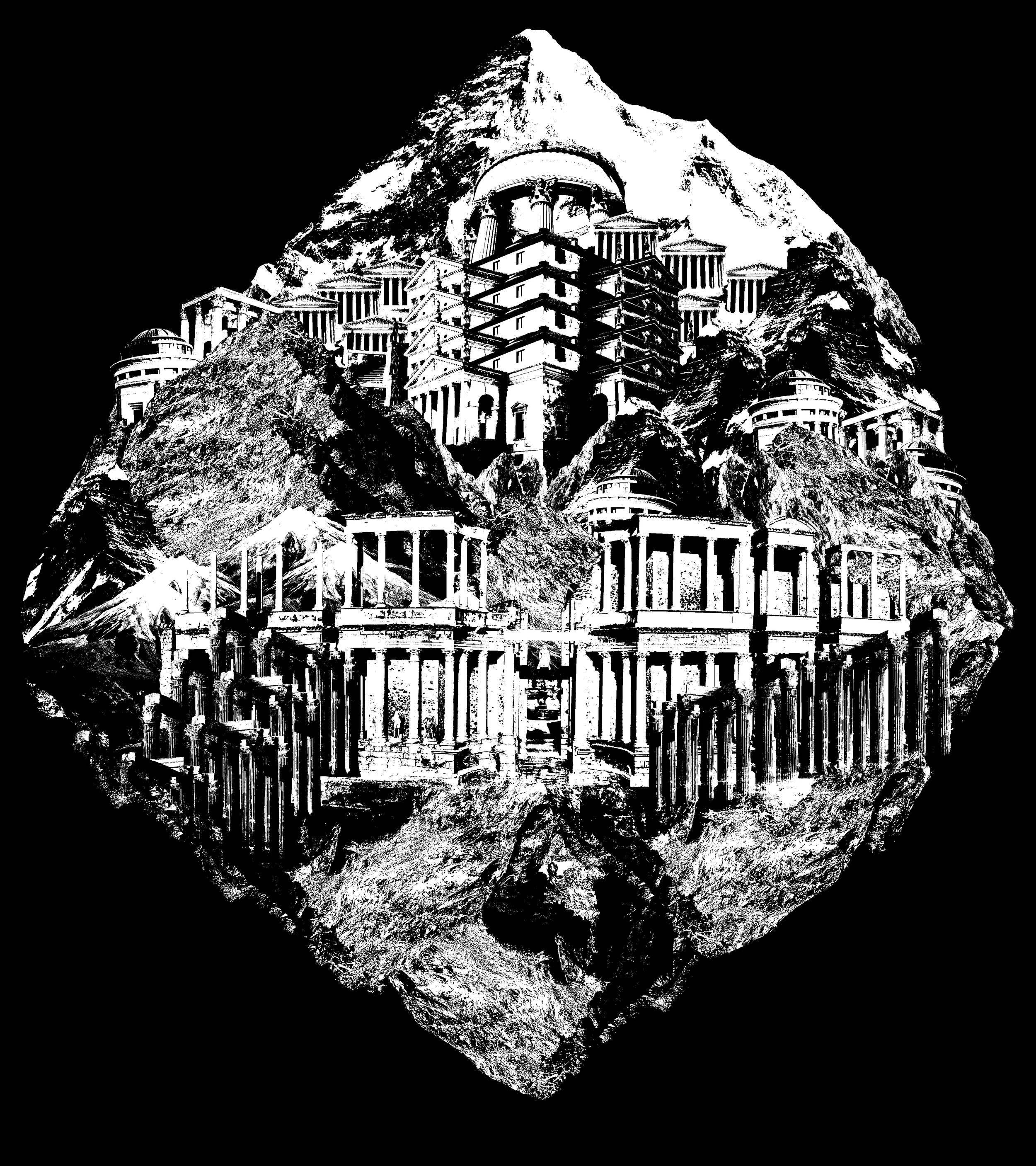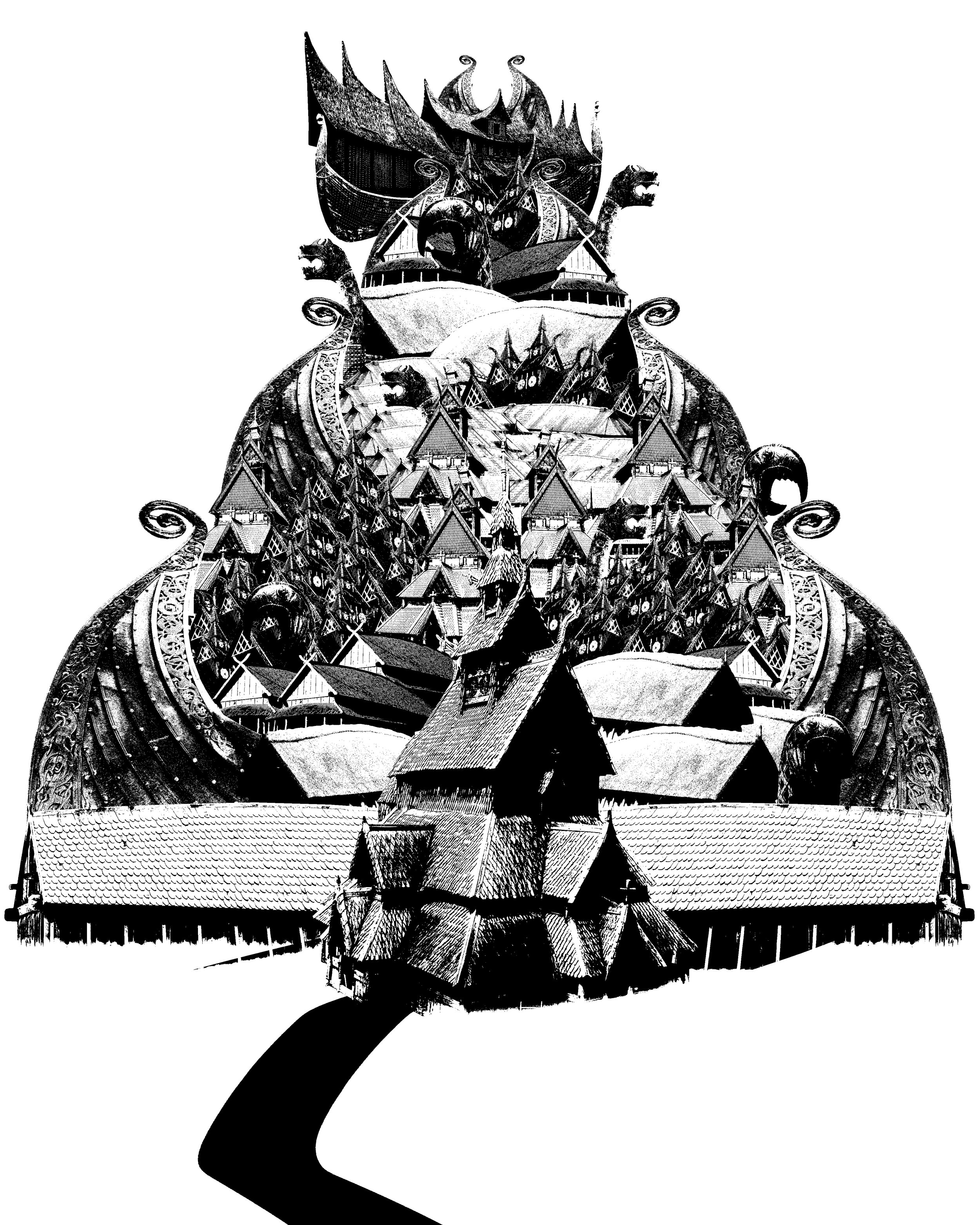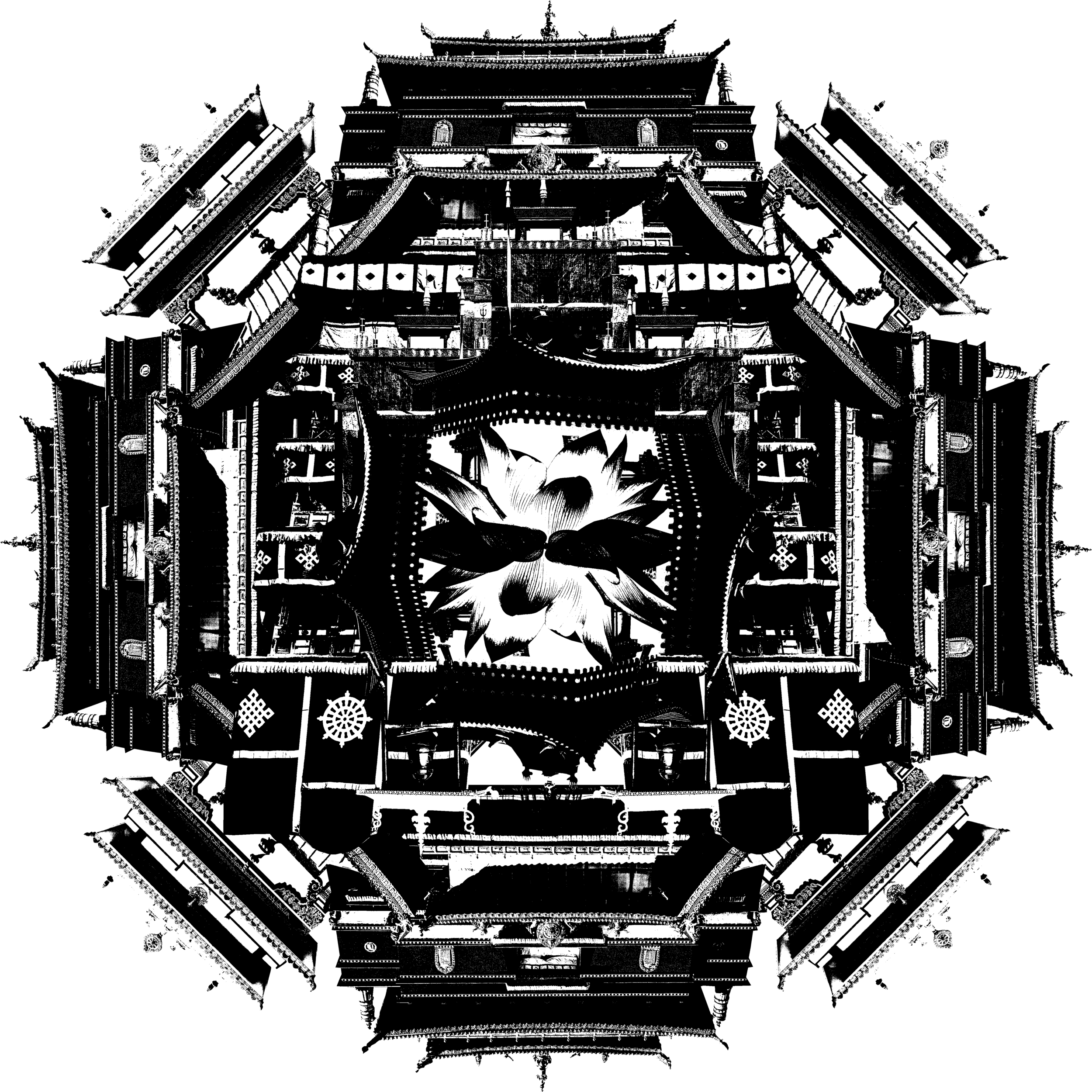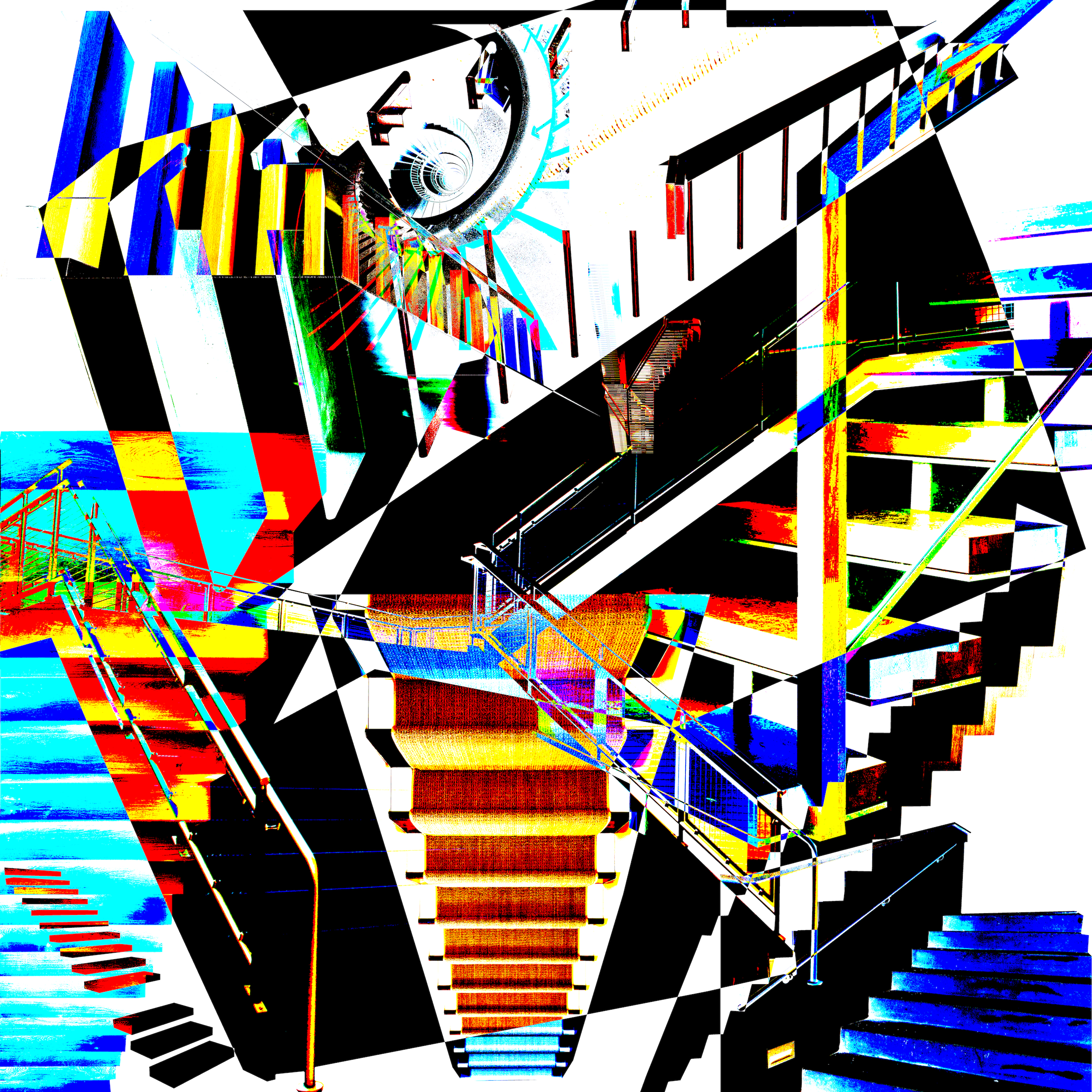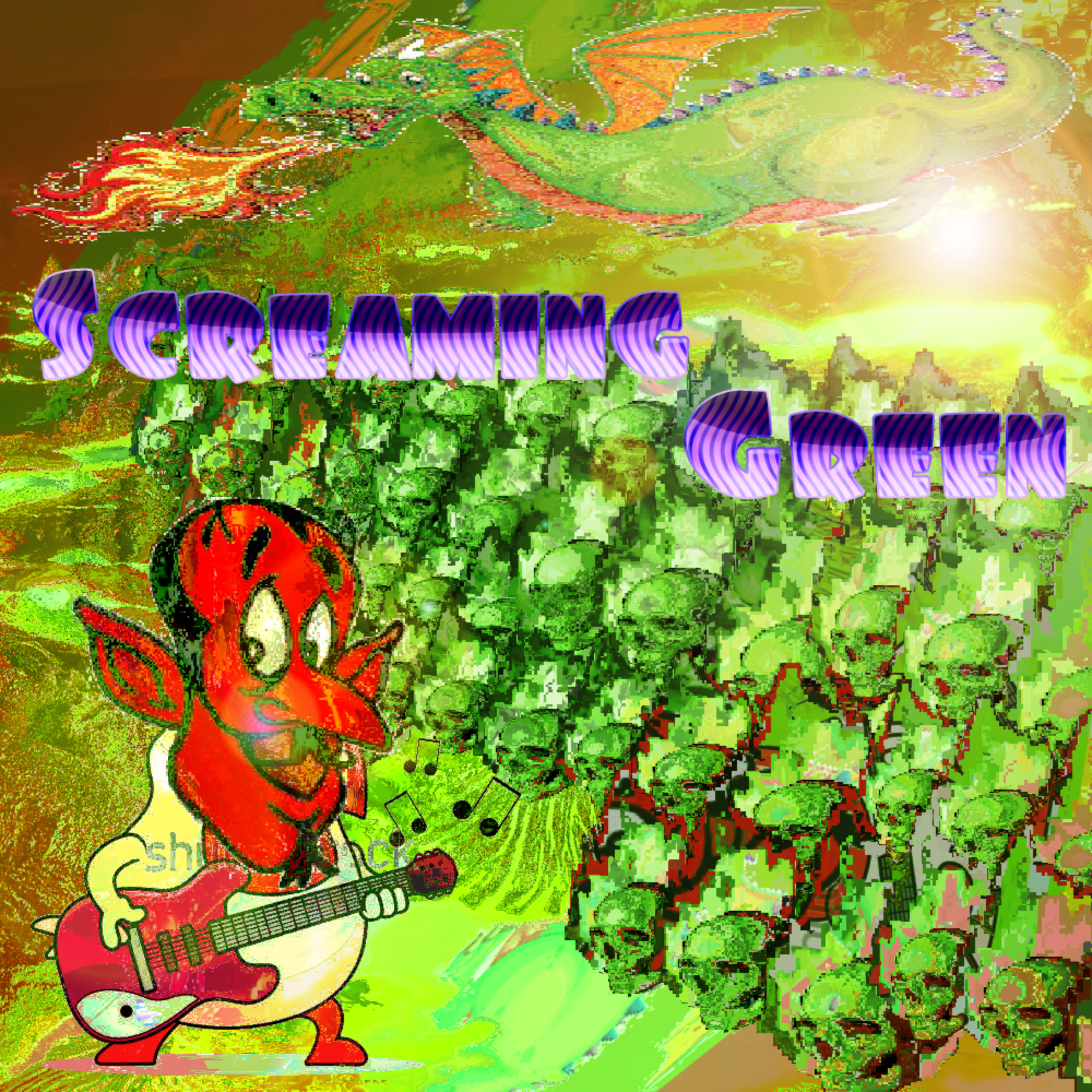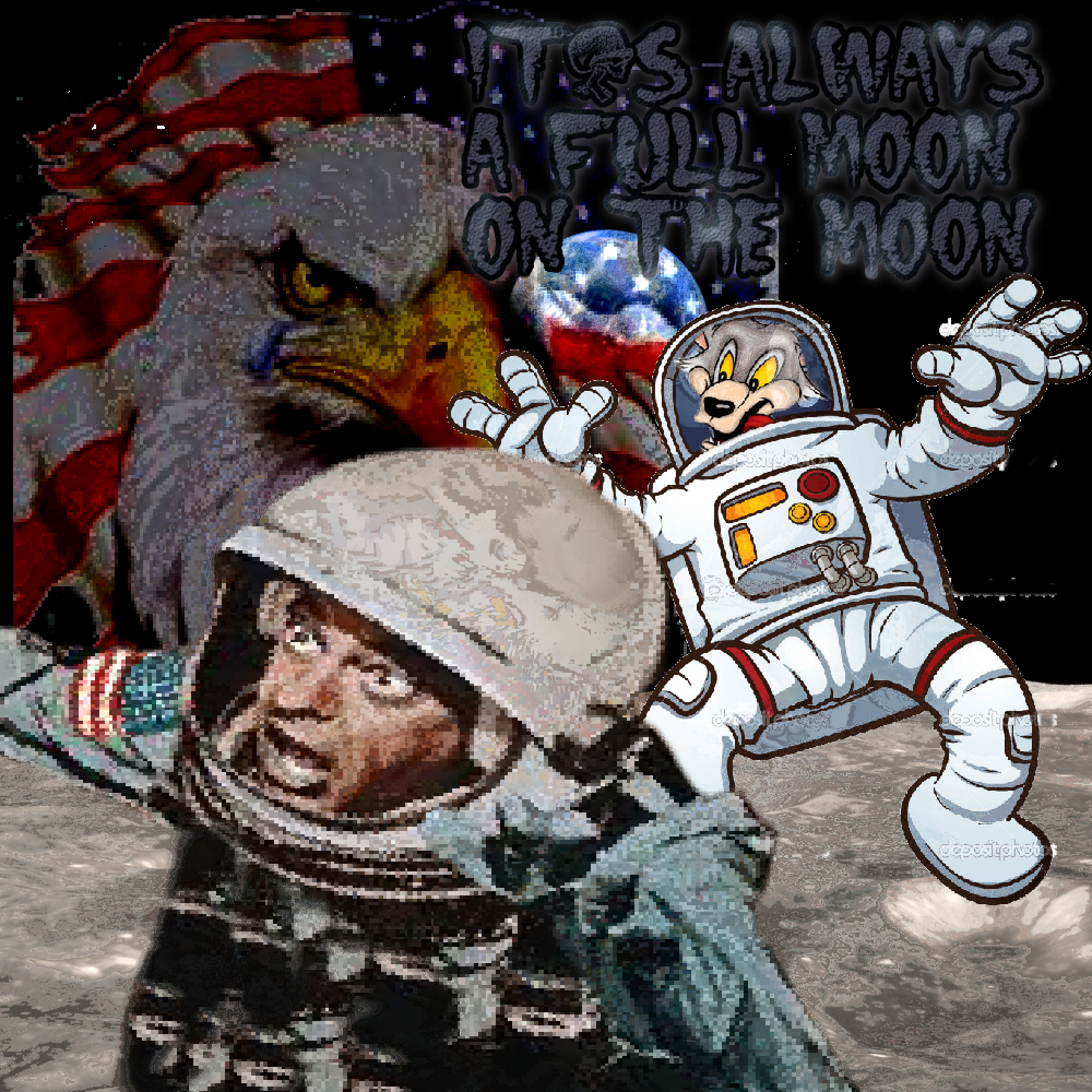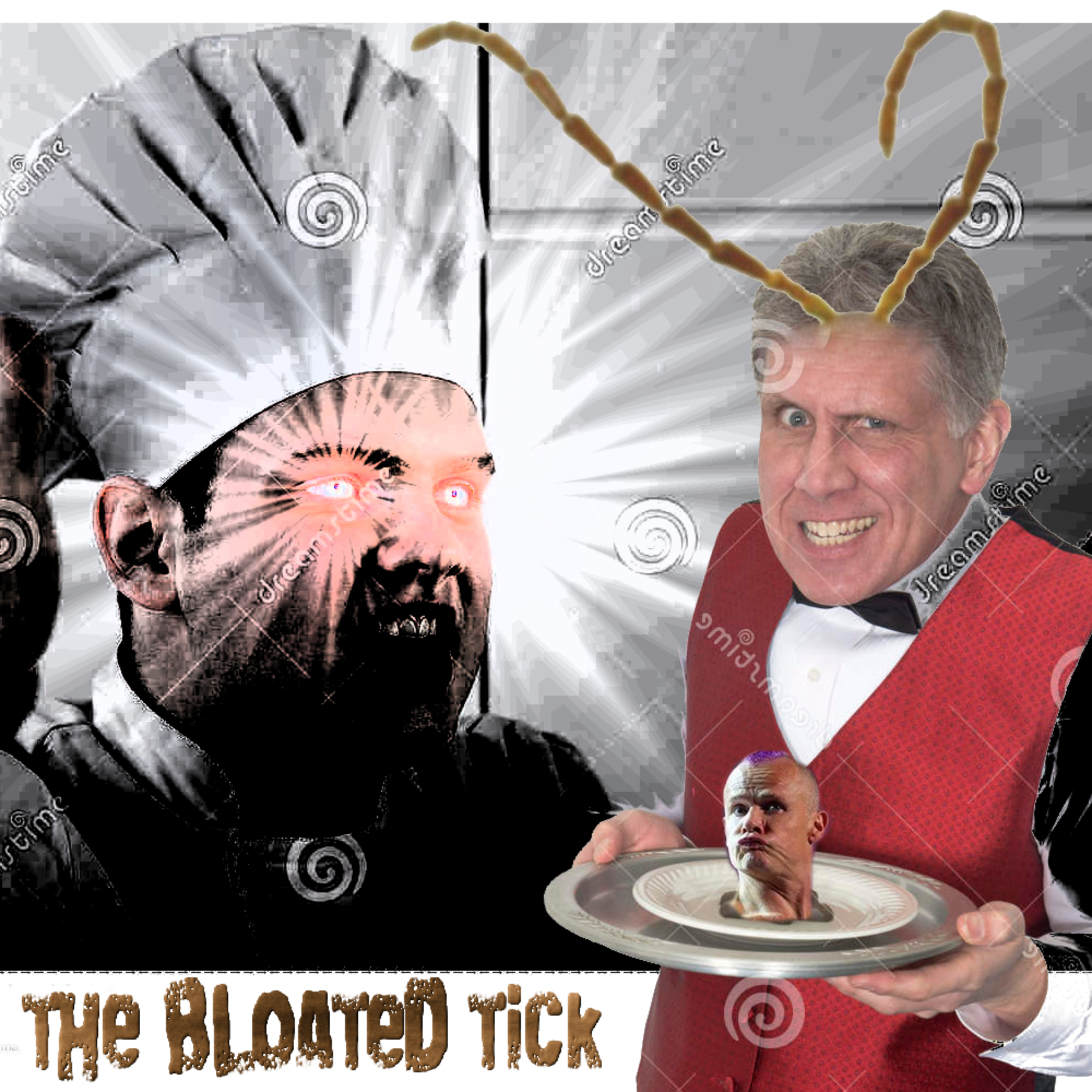The Process Development Center at UMaine hosts a conference every summer, and has been encouraging artists to submit their findings to the poster session. Here’s mine, I figured it’d be helpful to get this explanation of my practice, concise if rushed, out here where anyone interested can find it. I plan to attend the 2024 conference this coming August and exhibit some of my work.
Intermedia Nanocellulose Artistic Research Team
The INART celebrated a major academic victory earlier this month at the University of Maine Student Symposium: graduate-level distinction in the Arts category. Artistic research of cellulose nanofiber is just beginning—I have a hunch that there will soon be some amazing things going on…
Below, I have reproduced the text and image content of our symposium poster for ease of reading. Please enjoy!
Photos by Luke McKinney.
—————
INTERMEDIA NANOCELLULOSE ARTISTIC RESEARCH TEAM
Walter Greenleaf, Augusta Sparks Farnum, Shahab Andarva, Luke McKinney, Alex Rose
Intermedia MFA, Dr. Susan Smith Faculty Mentor
walter.greenleaf@maine.edu, augusta.farnum@maine.edu, shahab.andarva@maine.edu, luke.mckinney@maine.edu, alexandra.rose@maine.edu
In Art
The University of Maine’s Process Development Center (PDC) has graciously allowed students of the Intermedia MFA access to relatively vast quantities of cellulose nanofiber (CNF), a cutting-edge bioproduct currently in development, so that we can explore its potential material properties. CNF is derived from a diverse and promising spectrum of natural sources, including wood, algae, chitin, and upcycled cotton fabric, and is expected to alleviate dependence on plastics and the harmful chemicals associated with their creation. However, though research on nanofibrillated materials such as CNF has progressed around the world for over a decade, only rarely are they explored outside of a laboratory context.
Artistic Research is a form of inquiry that centers an artistic practice as an academic field that produces new knowledge, challenges existing conventions, and contributes to the development of cultural production. When CNF is employed in artistic pursuits, the investigation leads to new findings and access points along the research continuum, for and through the operation of a community. To that end, we have formed the ad-hoc Intermedia Nanocellulose Artistic Research Team (INART) in order to establish a closer bond between Intermedia and the PDC, foster a community movement of CNF-related art work/play, and begin undertaking larger projects.
The members of the INART bring an array of creative and scholarly disciplines to their individual work, but our work as a collective is an “indisciplinary” act of translation to support the democratization of cultural production.
Methodology
The INART has begun a thorough inquiry of the properties of CNF by using it as an artistic medium, with material provided by the University’s Process Development Center. The potential for CNF as a sustainable alternative to plastics and other harmful compounds calls for an understanding of its material properties on a greater scale than most laboratories are prepared to undertake using traditional, purely scientific methods. Our work uncovers new lines of inquiry at every turn, with individual methods drawing from a wide range of techniques. Aggregation of the commonalities between our respective methods and the resultant artworks leads to a better understanding of the material properties of CNF for the artists and scientists involved with its development. Foremost among the commonalities is this axiom: once produced and exposed to air, CNF pulp will begin to dry out. Through artistic research, we hope to determine how the drying process unfolds, what stages CNF goes through and how it can be manipulated, how the drying can be accelerated, how to prevent contamination of the material, and so on.
Definitions
“Indisciplinary” = without connection to a specific discipline.
“Intermedia” = a practice of art where media are melded together at their roots, inextricably.
“Research vs Exposition” = Artistic Research is the research applied to institutional knowledge of materiality. Exposition is the art which results from the practice of the artist. These two endeavors are adjacent, supportive, and separate from each other.
“Nanocellulose” = A refined cellulose pulp product, typically made from soft wood which has been broken down to a microscopic level: the “nano” scale. Also known as cellulose nanofiber or cellulose nanofibrils (CNF), cellulose nanomaterial (CNM), and as a “bioplastic.”
Shahab Andarva
The role of CNF in my artistic practice, for which calligraphy is a major part, is becoming more important every day. Persian calligraphy uses natural forms as inspiration, especially the forms of trees and branches. Paper and CNF are natural products. Both what is expressed and the means of expression are natural. CNF is a source of inspiration that has repurposed and breathed new life into my traditional calligraphic words. Sometimes my calligraphy pieces are embedded in a layer of CNF. The embedding allows the calligraphy to move from two dimensions to three. Allowing for a more natural outcome. Sometimes a dried CNF layer functions as paper for calligraphic work. Calligraphy pieces are edited before they are finished. The editing process utilizes an eraser-like implement to scrape the paper. Using CNF instead of paper avoids damage in editing because of its compact nature. In traditional calligraphy the paper absorbs the ink, creating a Matte surface. CNF does not absorb the ink, leaving a more shiny surface. Giving the work a more natural feel. ultimately, however, everything is inclusively natural because nature includes everything.
Augusta Sparks Farnum
NanoCellulose Artistic Research in my practice has the front end parameters of local materials, non toxic, and can be researched within the confines of my own kitchen. The material also needs to be able to be returned to the earth, and disintegrate in an non-invasive manner. The soft wood’s nanosized particle is combined with gelatin of the Irish Moss Seaweed called: Carrageen. Carrageen properties produce different levels of translucency and colors. The soft wood CNF creates strength, and shape. The two have different drying habits, the soft wood tends to shift and shrink in all directions to a third of its original shape. The carrageen generally shrinks, and flattens down into a clear, thin fragile translucency. When the two are combined, generally in a 3:2 ratio of Carrageen to soft wood CNF, their properties dictate how the object will translate into its final form. As the object dries, the pure soft wood CNF pulls the mixed slurry around them into a bulbous shape. This is accomplished with a process of plaster slabs, hot air, or a canvas wicking system. The research has shown that objects are progressively scaling up in size without issue, however if the drying process is not maintained, the object can produce red mold that is encased in the final stage of drying. Future work is aimed at refining a CNF based glue product.
Alex Rose
My interest in nanocellulose comes from the child-like sense of play and discovery I have when experimenting with the material. Being such a new material to artists, there is not a previously blazed path one is anticipated to follow, which makes it accessible and approachable at so many different points. The majority of my explorations and discoveries with the material come from mixing natural dyes with the wet CNF to add color while maintaining a soil-to-soil process; one which began in nature and can return to nature without causing more harm. I frequently use excess drip-off from indigo dye resulting in various shades of blue. Once dyed, I use the CNF in two primary approaches. The first is to dip cotton based fabrics into the CNF where the thin coat functions as a way to stiffen the material like a starch. With this approach I hang the coated fabric over a clothes line. The second approach is using gravity to drop the CNF, “splatting” the material into thin pancakes which eventually dry into organic petal-like forms. Drying out on various different materials, I peel these petals up and flip them about halfway through. Throughout these different processes I investigate the added color and how the amount of dye and the time the material is exposed to the air changes the results.
Walter Greenleaf
The results of a nanocellulose casting are unpredictable due to the novelty of the process. Both ingenuity and intuition are required to guide the material as it responds to environmental conditions, dries, and gradually settles into its final state. When researching how new processes of artistic actions affect it, I strike a balance between my goals and intentions for the work, and a certain degree of inevitable chaos and distortion. My use of cloth molds results in relatively large, solid forms which take shape slowly but steadily, aided by the permeability of the textile material. By casting nanocellulose pulp into forms which underscore its origins as a biological product rather than veiling them, I aim to inspire the viewer with a new appreciation for the interconnectedness of Earthly life, and our imperative, opportunity, and calling to take better care of it. In order to achieve such an effect as works of art, I believe the castings must be enlarged to the “human scale” and approach or exceed life-sized proportions for their given subject. Only when the viewer can relate personally to the material can its true potential be communicated.
Luke McKinney
Without direct linkage to my studio practice I have been investigating the different surface textures, colors, and densities that could be achieved with different drying techniques and material combinations. These tests varied from blending CNF with dish soap to create a foam and then freeze drying in a home freezer which resulted in an airy foam when dried that reconstitutes to a paste within seconds with minimal water, to, blending with oils and baking to get dark, hard, and glossy finishes that can be soaked for months without dissolving. I still haven't found an application for CNF within my studio practice but have continued to experiment with growing plants in jars of CNF, which has allowed me to forget to water them for weeks on end, and investigate how it deteriorates when left out in the shifting weather.
I moved to Maine for grad school
All I can say is what I say to everyone else: “It’s a weird time to be a grad student.”
rraaddiioo 1
Click here to listen to rraaddiioo 1
I recorded this clip over about a week in July, 2020 by driving around Silicon Valley, CA with the radio tuned to 89.1 FM - a frequency contested by two compellingly dissimilar stations. The the recordings themselves have been only minimally edited; I merely spliced together the segments which caught my interest. There are delightfully chaotic moments of intermingled music and dialogue, compelling juxtapositions of thematic content, and best of all, a bit near the end where a dog barks in time with the music. I hope you enjoy it!
please don't try to pay for downloading this or they'll throw me straight into the slammer
special thanks to the makers of Audacity, Artbreeder, GIMP, cooltext.com, and "google maps"
FAQ:
Q - you grew up there, right?
A - yeah.
Q - would you have put some burning Teslas on the album cover if there was a little more room?
A - absolutely.
Q - are all cops bastards?
A - yes. yeah.
South Shore Art Center - "Order | Chaos"
I am pleased to report that two of my works were recently accepted to the South Shore Art Center as part of an open call for visual arts based of the themes of order and chaos.
In this first photo, I am with fellow exhibitor and painter Elena Stoeva (https://www.elenastoeva.com/) standing guard in front of our submissions.
Here also are my accepted works, Tentacles and Shirt Brothers 8. The former is a digital collage made from public domain photographs…
…and the latter is a purely abstract digital edit of a scanned t-shirt, created as a move in a game played with my online collaborators, as I wrote about earlier.
High Contrast
I recently installed five of my pieces at the famous Moan and Dove bar, in Amherst, MA. The thoroughly chill atmosphere and muted lighting provided an excellent opportunity for me to revisit a high-contrast style of digital collaging I first experimented with in 2014, with the pieces Asgard and Olympus. The other three, Baba Yaga’s House, Shambhala, and Stairs, were all created within the last month or so, with this installation in mind.
Thermostat Authority
On the evening of December 30th, a friend and I decided out of the blue to produce and publish a 3-track album, in less than an hour. It's quite silly, and you can listen to it or download it for free right here.
I wrote the lyrics and came up with the album cover and track art, and Ivy "Captain Asuka" langley handled all of the actual musicianship. We're currently working on another album. . . one with a bit more forethought, content, and collaborators, so stay tuned.
Here are all four of the beautiful pieces I made to accompany the music; click to advance the slideshow.
Touch the Merchandise
About a year ago, I started uploading some of my designs to Society6, a nifty service that lets artists and photographers go from "I have a digital image on my computer" to "Anyone can buy this image as a print, or on a shirt, or mug, or whatever" pretty much instantaneously. While it wouldn't be quite accurate to claim that I have my own line of clothing and accessories, you can nevertheless choose from about a hundred of my designs in a wide variety of formats, if you feel like it. Check out https://society6.com/waltergreenleaf and keep an eye out for new designs in the future. As of the 22nd of September, 2017, I've been publishing a new one every morning.
At the present, I only receive about 10% of all Society6 proceeds for my work, but I'm not using Society6 as a way to cash in. For me, coming up with patterns that have a potential practical use is a great way to flex the creative muscles, and knowing that anyone who happens to take a liking to them can actuate that potential is the icing on the cake. At the end of the day, what better outcome could there be than my grandma getting to wear a shirt with a pattern made from photographs of the sunrise she took herself? Now THAT'S a collaboration!
Killer Elephants on a Kung-Fu Rampage!
Creating an album cover for a serious project was one of my early artistic goals, and I passed it in June 2016 with the release of Killer Elephants on a Kung-Fu Rampage. Will Maybury, the composer of this album, is an old friend of mine. I'm not exactly prepared to discuss it in terms of music critique, that's not my forte, but I can tell you that it's unlike anything I've ever heard before and I enjoy it a good deal.
Please check out Killer Elephants; you can listen to it or download a pay-what-you-want copy right here: p2n2.bandcamp.com.
I made the cover out of found photographs and screenshots from the obscure foreign movie after which the album is named.

















